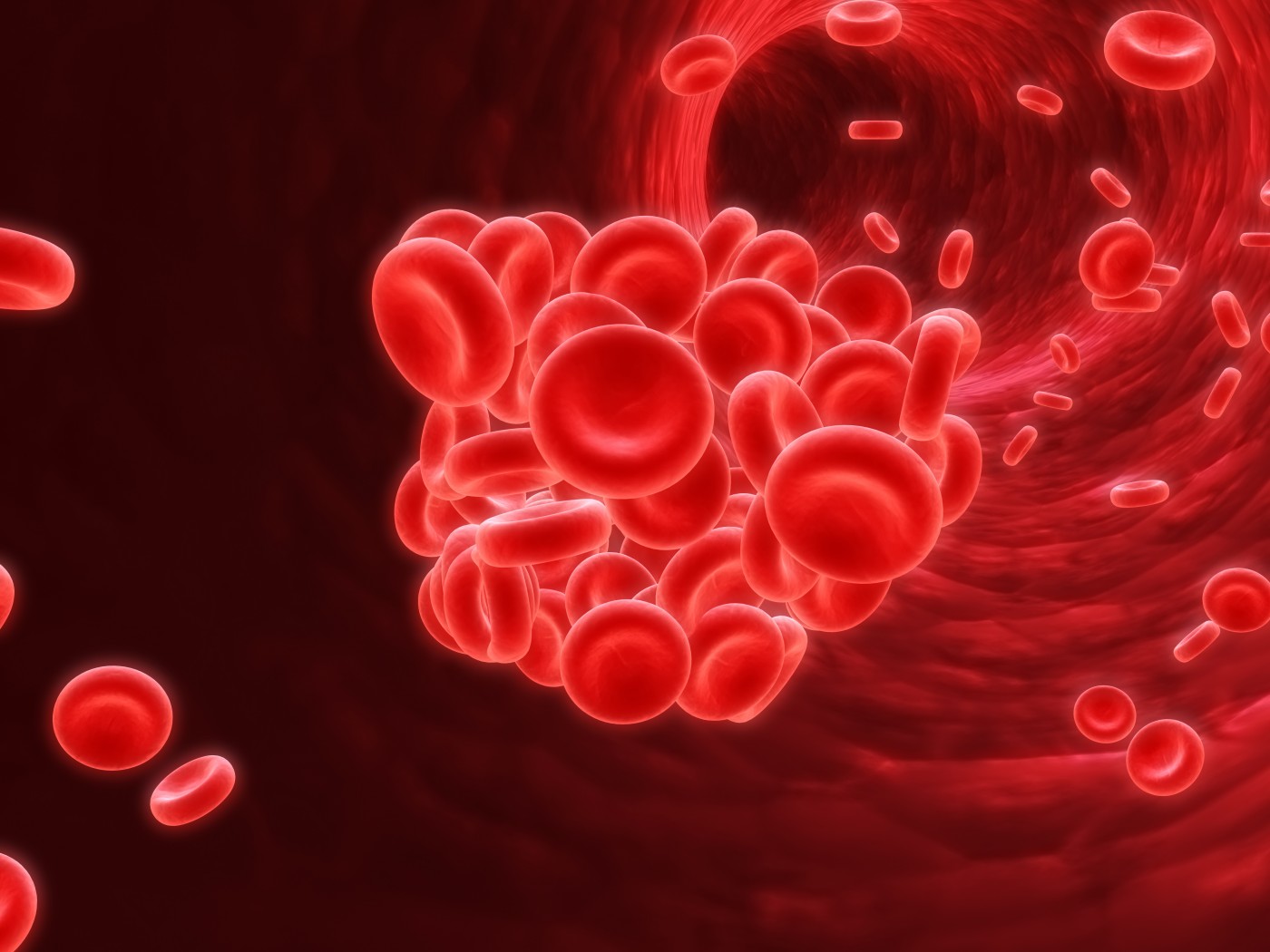Researchers found that metabolic phenotyping of blood plasma using proton nuclear magnetic resonance (H-NMR) allows early detection of lung cancer by identifying unique metabolic biomarkers. The research, titled “Detection of Lung Cancer through Metabolic Changes Measured in Blood Plasma,” was published in The Journal of Thoracic Oncology.
Low-dose computed topography (LDCT) scans, the currently used tool for lung cancer screening, can decrease lung cancer mortality by 20 percent and overall mortality by 7 percent in high risk individuals. However, this diagnostic tool is characterized by a high rate of false-positive results due to its poor specificity. As such, researchers have been working to identify lung cancer biomarkers that could replace or complement this diagnostic method and current screening standards. Such research has focused on metabolic biomarkers, as consistent evidence has shown that cancer cell metabolism is markedly different from healthy cell metabolism.
Scientists in Belgium evaluated whether metabolic phenotype of blood plasma is a valuable detection method for lung cancer. The team used proton nuclear magnetic resonance (H-NMR), a method that generates a spectrum of plasma, divided into 110 regions that represent the metabolic phenotype reflecting several metabolite concentrations, and assessed the metabolic profiles of 233 lung cancer patients and 226 healthy controls. This model was validated by classifying an independent cohort of 98 lung cancer patients and 89 healthy controls.
Results revealed the model correctly classified 78 percent of patients with cancer and 92 percent of controls. Moreover, it was convincingly validated by evaluation of the independent cohort, with a sensitivity of 71 percent and a specificity of 81 percent. The model was, however, unable to discriminate between histological subtypes and tumor stages.
The researchers also identified increased levels of glucose and other metabolites in cancer versus non-cancer patients, and decreased levels of lactate and phospholipid levels.
“This paper validates H-NMR metabolic phenotyping of blood plasma as a complementary tool to discriminate between lung cancer patients and controls. Our findings indicate … metabolic alterations can be detected at an early stage. Our intent is not to use the metabolome as a separate screening tool but to complement current risk models with additional parameters to better select high-risk individuals eligible for LDCT screening,” the authors said in a press release.


